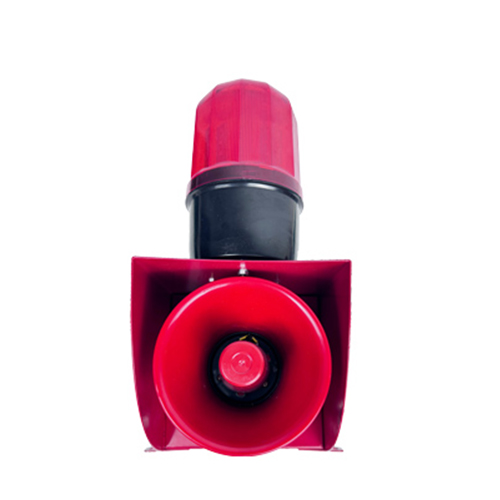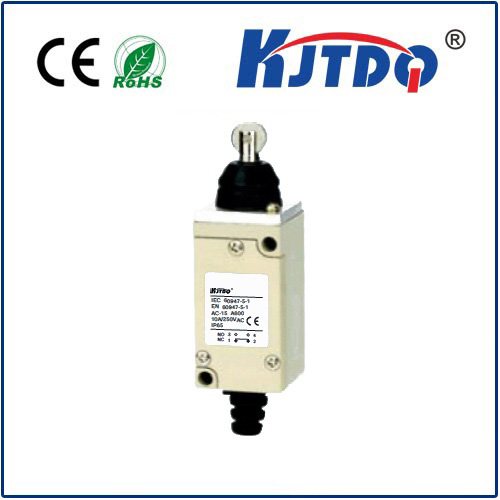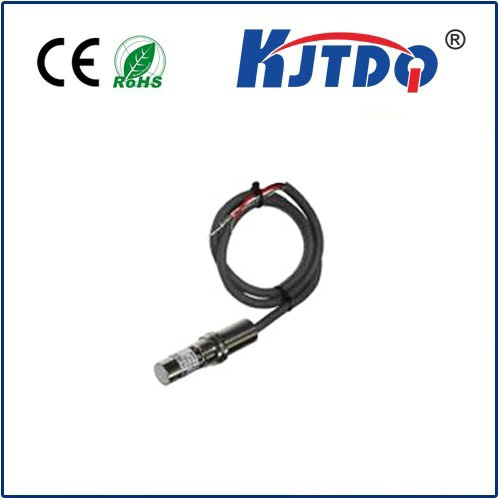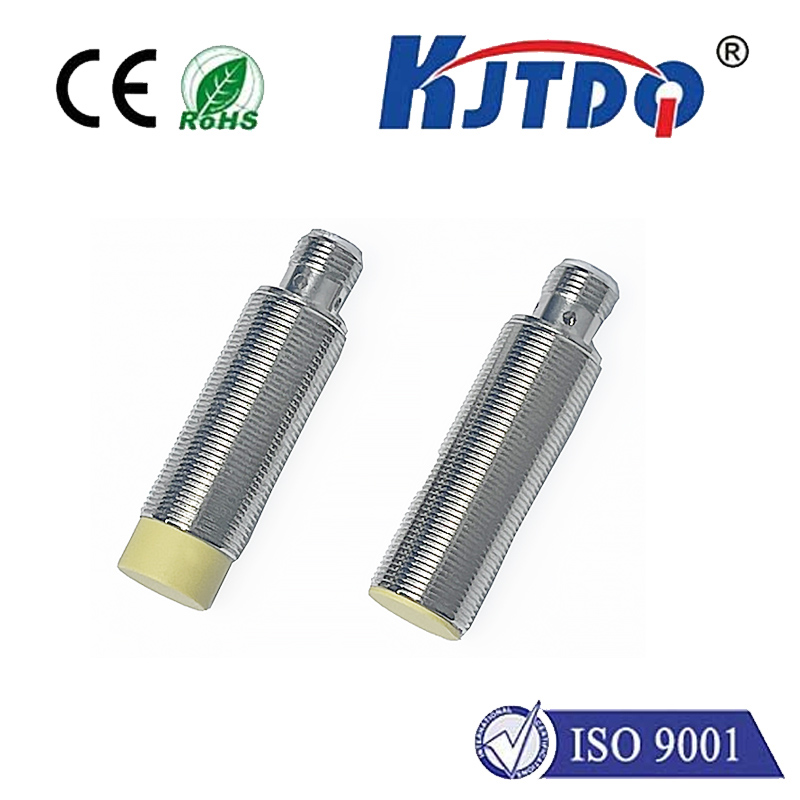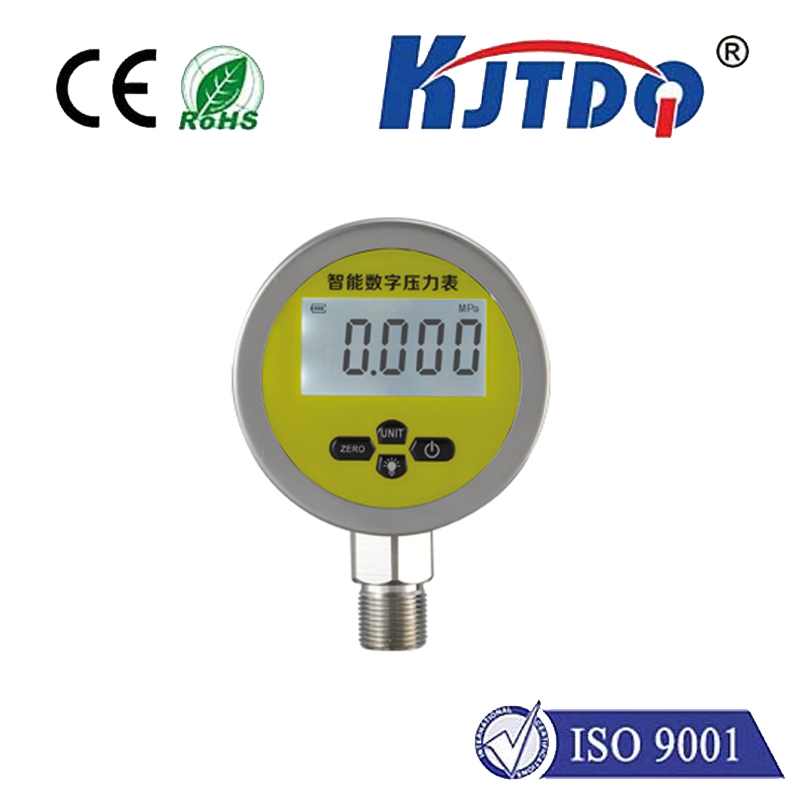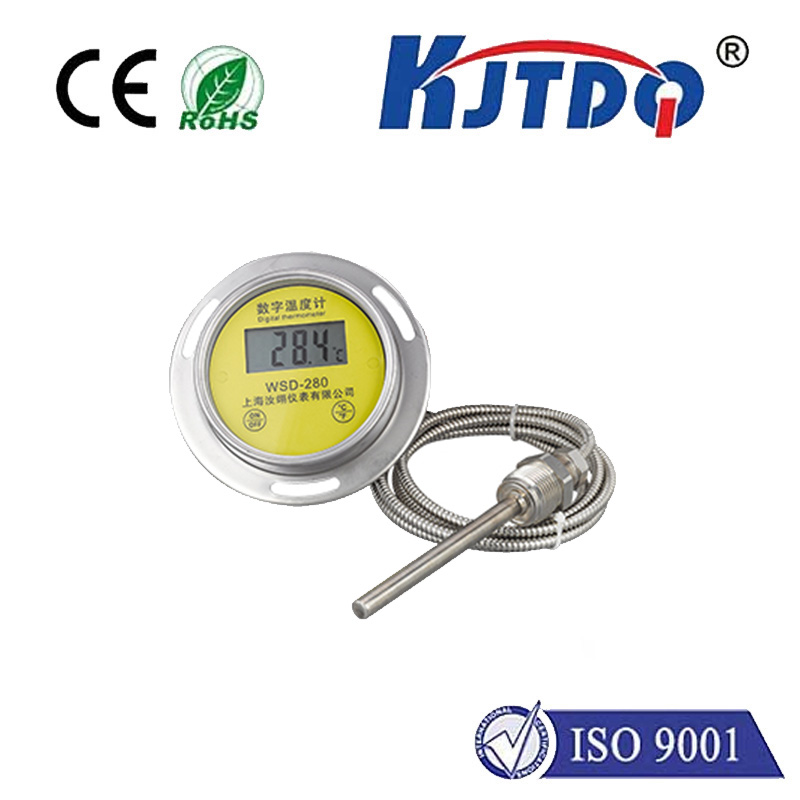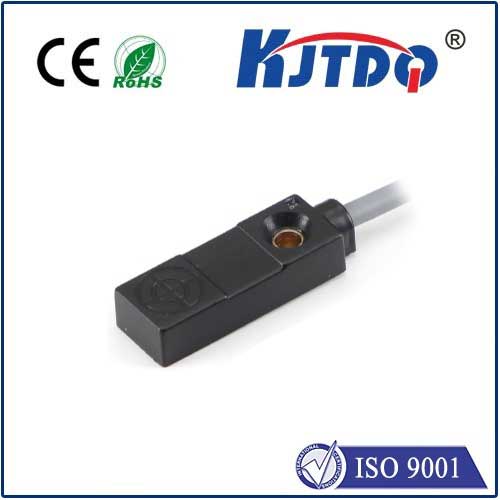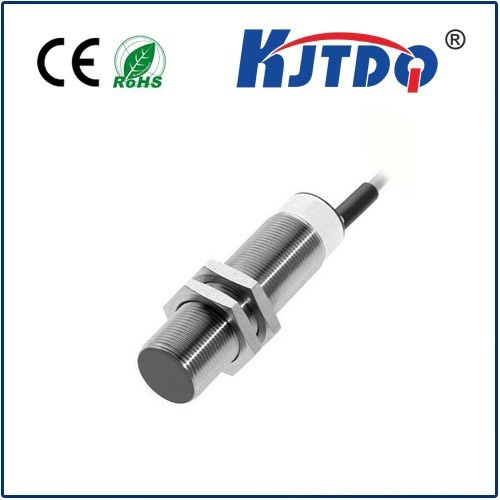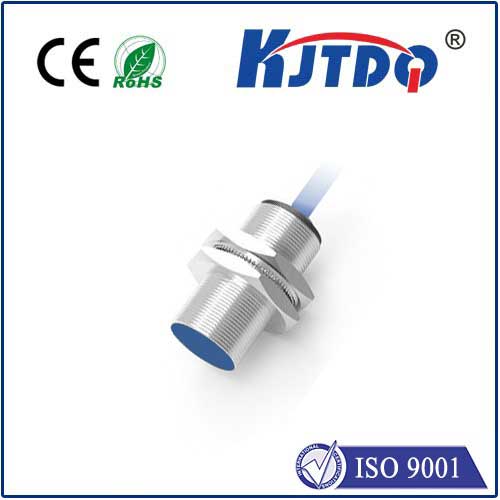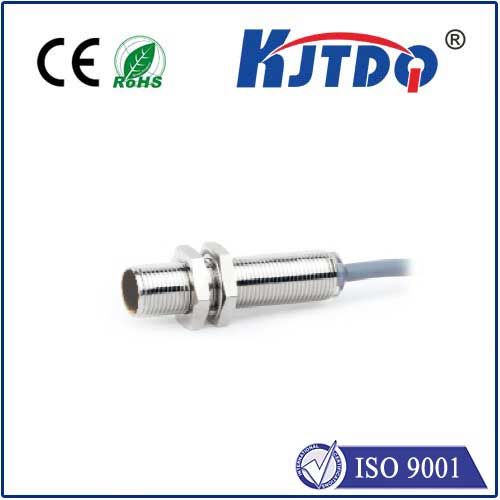

check

check

check

check

check

check

check

check

check

check

High-Speed Inductive Proximity Sensor: Innovation in Industrial Automation The industrial automation landscape is constantly evolving, with innovations that enhance efficiency, accuracy, and safety. One such breakthrough is the high-speed inductive proximity sensor. This advanced device has redefined the way industries interact with their machinery and processes, providing unparalleled speed and precision. Understanding High-Speed Inductive Proximity Sensors At its core, a high-speed inductive proximity sensor is designed to detect the presence of metallic objects without any physical contact. It achieves this through electromagnetic fields that vary based on the proximity of a conductive material. The sensor generates an alternating electromagnetic field; when a metal object comes close, the field induces a current in the object, which in turn affects the sensor’s output. This complex interaction allows the sensor to measure distance with incredible accuracy and speed. Key Features and Benefits One of the standout features of high-speed inductive proximity sensors is their ability to operate at remarkable speeds. They can detect rapid movements and changes in position, making them ideal for high-paced manufacturing environments where every second counts. This quick response time not only boosts productivity but also improves the reliability of the detection process. Another significant benefit is the sensor’s durability and reliability. These devices are built to withstand harsh industrial environments, including extreme temperatures, vibrations, and dust. This robustness means they require minimal maintenance and have long operational lives, offering excellent value for money over time. Applications Across Various Industries The applications for high-speed inductive proximity sensors are vast and varied. In automotive manufacturing, these sensors ensure the precise assembly of components by monitoring the position and alignment of parts as they move along the production line. In food processing, they help maintain hygiene standards by ensuring that packaging processes are both fast and accurate. In the energy sector, these sensors play a critical role in monitoring equipment performance and preventing downtime. Future of High-Speed Inductive Proximity Sensors As technology continues to advance, so too will the capabilities of high-speed inductive proximity sensors. Future developments may include even greater detection speeds, improved sensitivity, and enhanced integration with other automated systems. As industries strive for smarter, more efficient operations, these sensors will undoubtedly play a pivotal role. In conclusion, high-speed inductive proximity sensors represent a leap forward in industrial automation technology. Their ability to provide fast, accurate, and reliable detection in challenging environments makes them an indispensable tool across various sectors. As we look to the future, the ongoing innovation in this area promises to unlock even greater efficiencies and possibilities, solidifying the high-speed inductive proximity sensor’s place at the heart of industrial progress.
